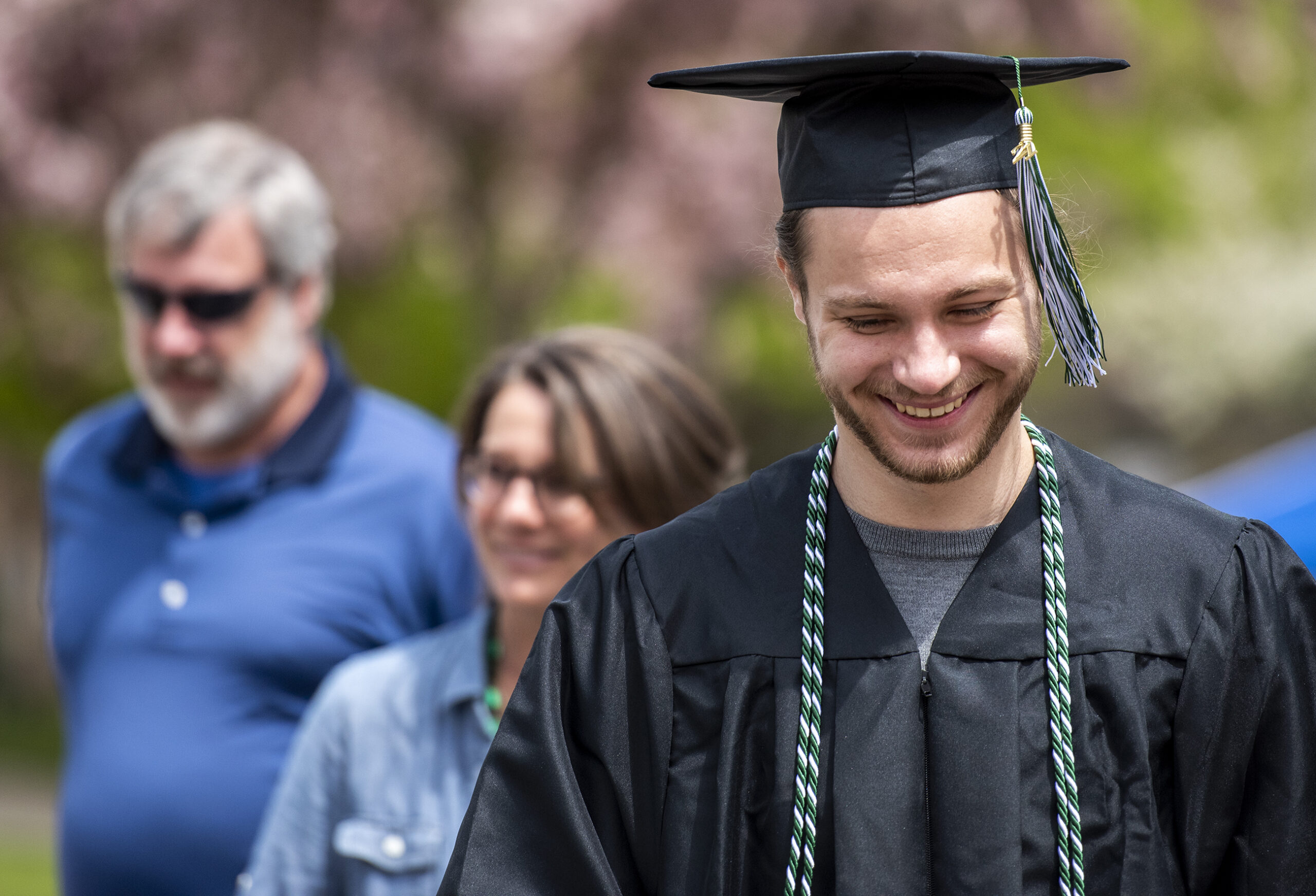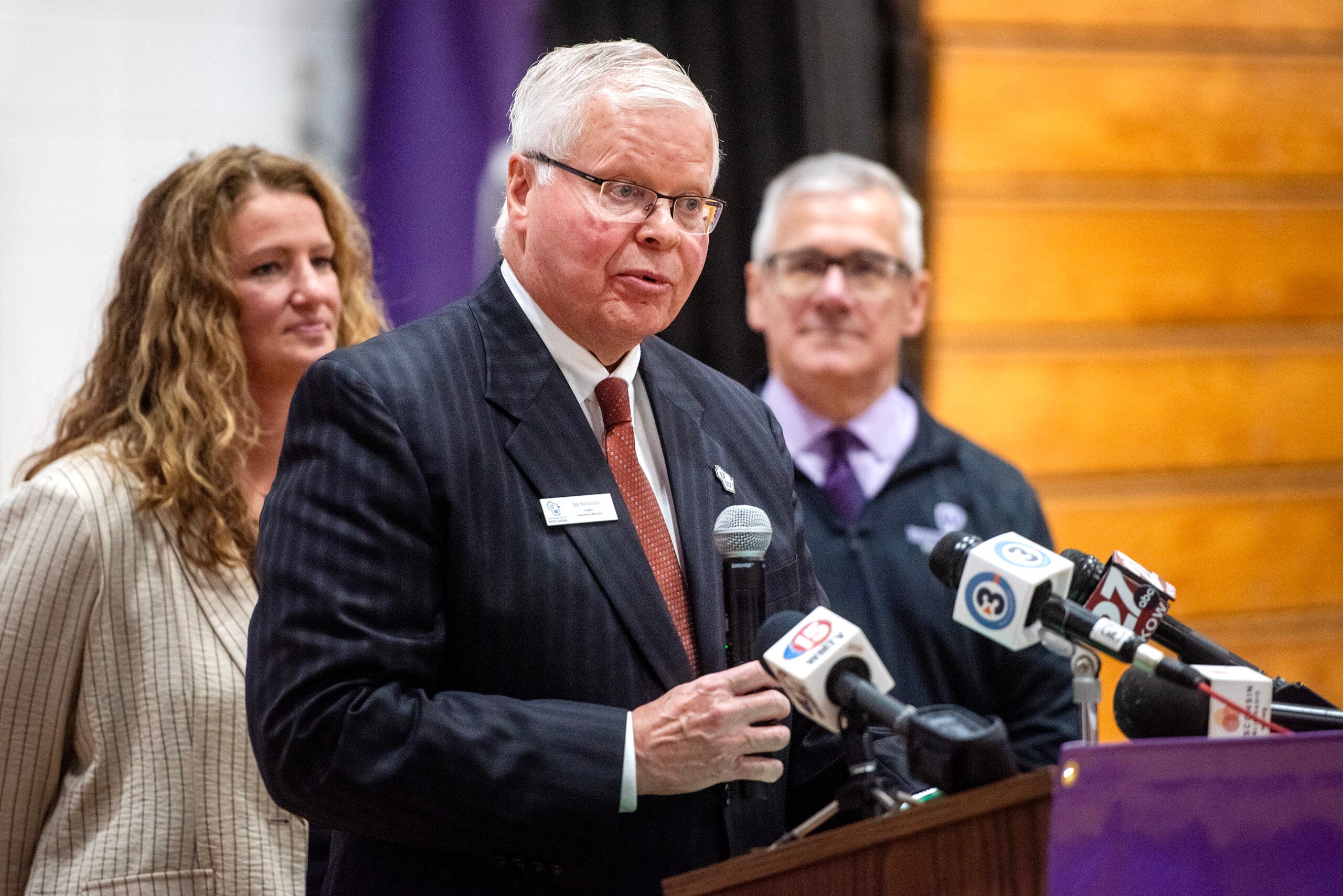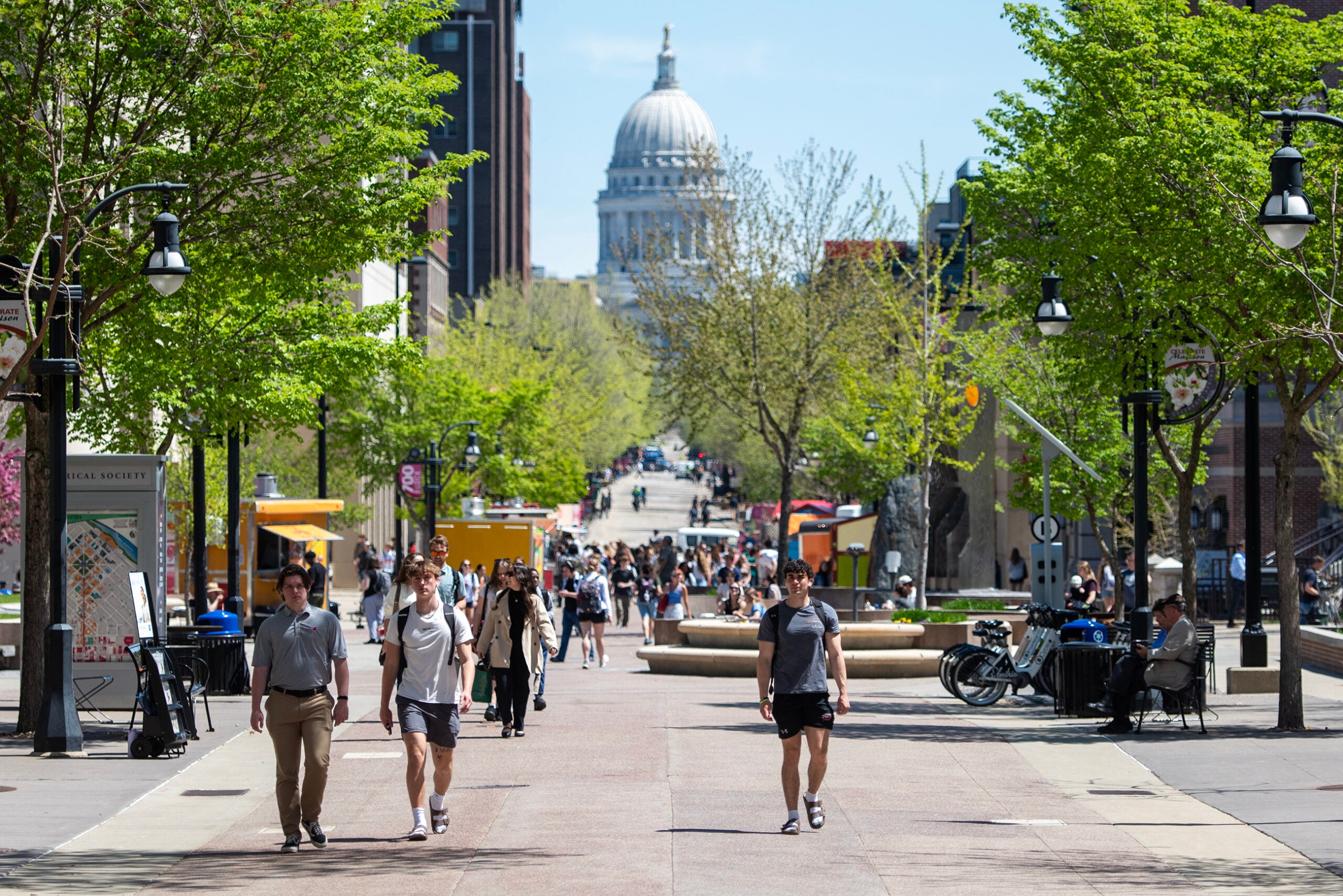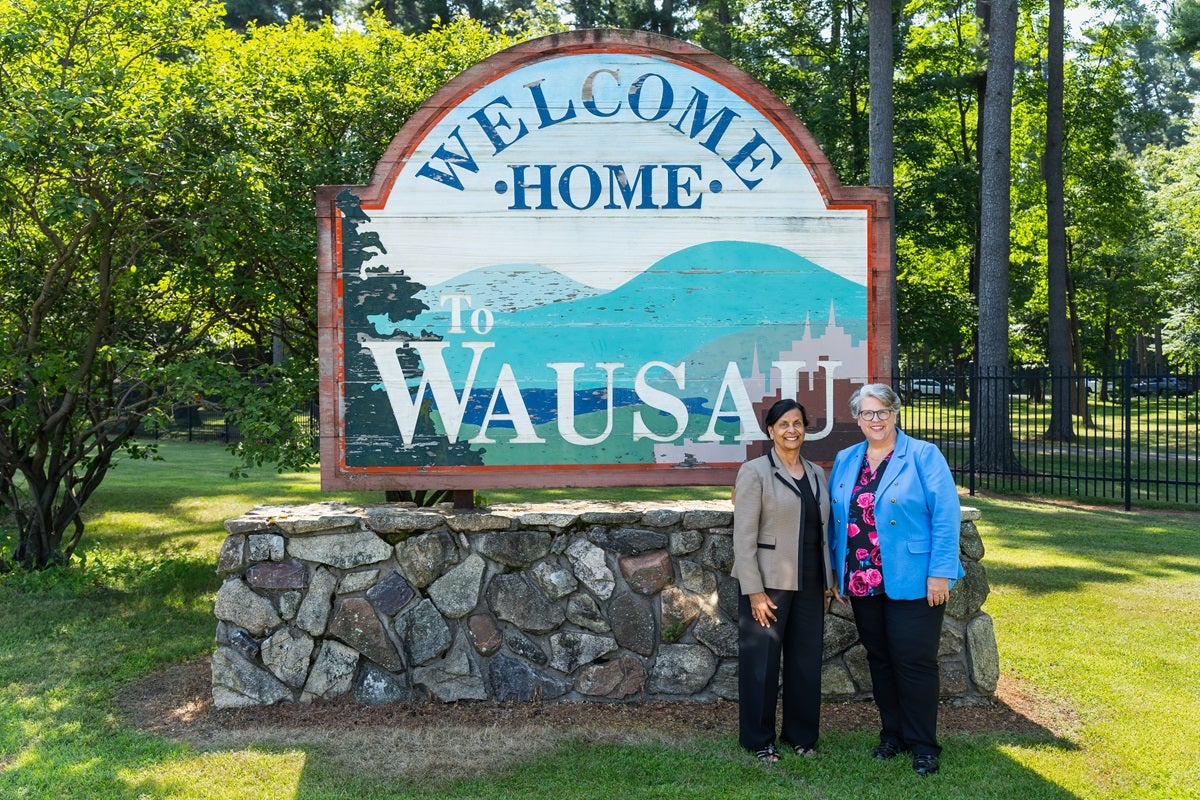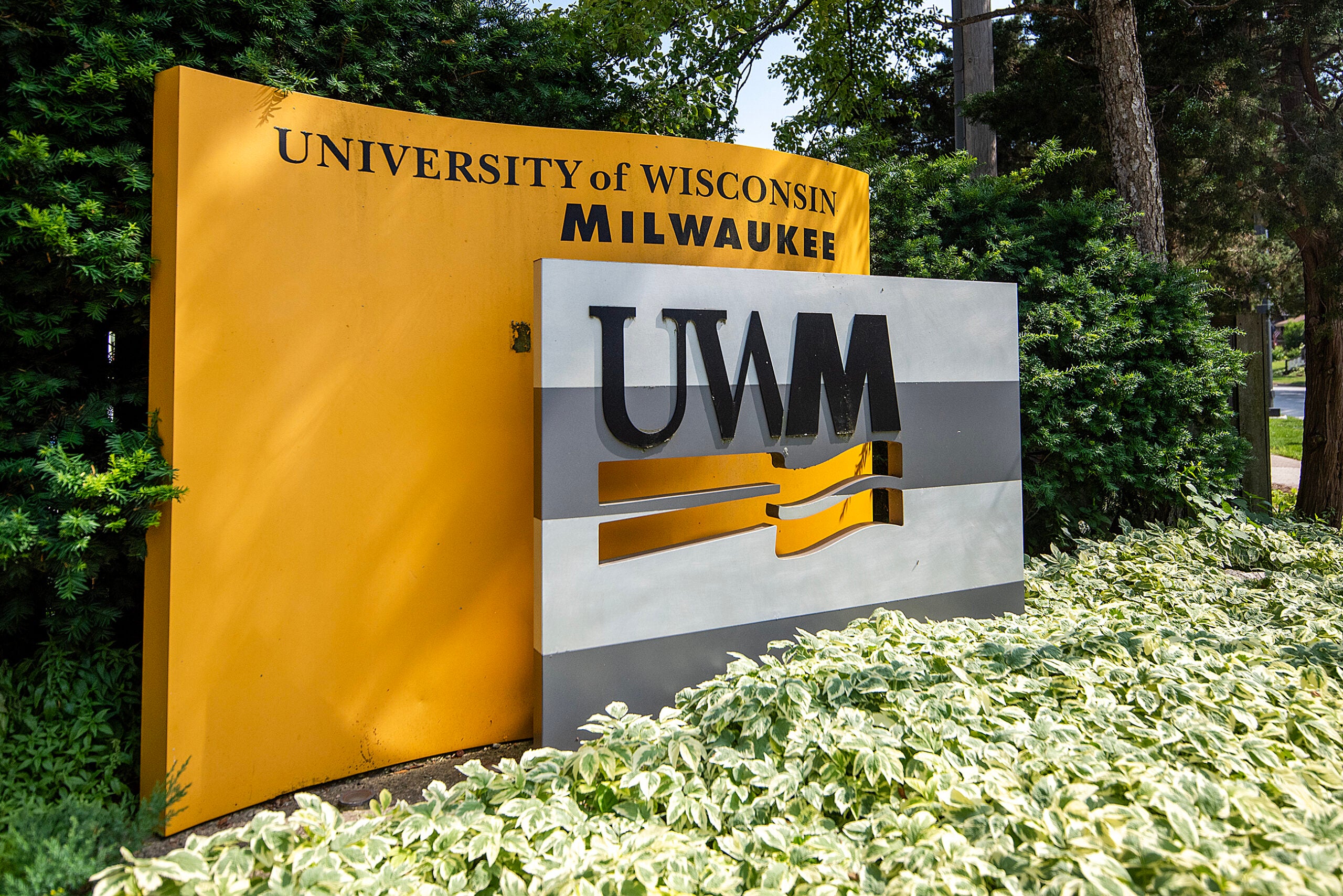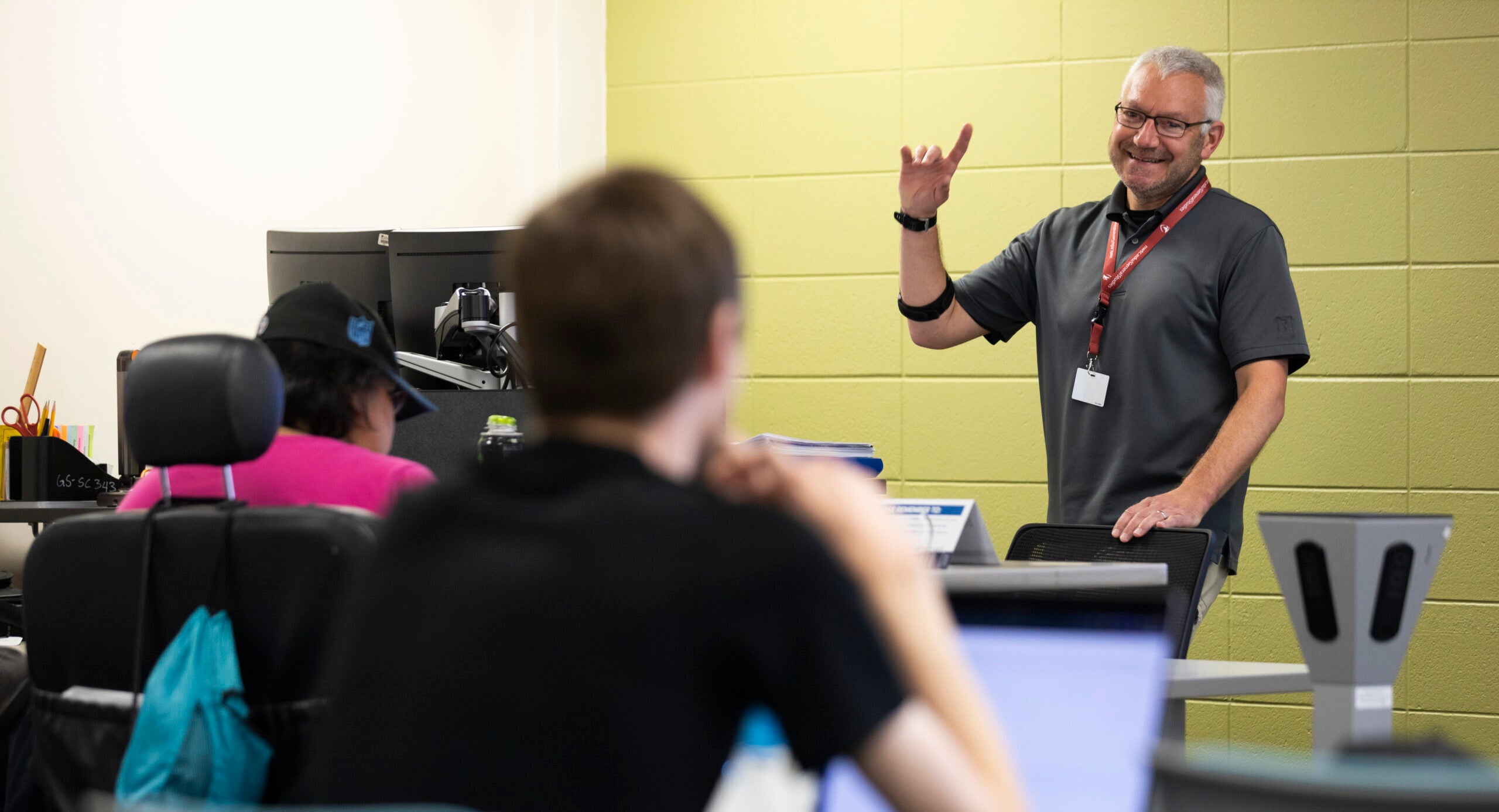More than 70 percent of Wisconsin college students who enrolled in 2015 graduated within six years, according to new data from the National Student Clearinghouse Research Center. The state outperformed national averages in all institutional categories, but significant graduation rate gaps still exist between racial groups.
The “Completing College” national and state report tracked and compared six-year graduation rates at four-year public universities, two-year public universities and four-year nonprofit universities. The report shows 62.2 percent of all college students in the U.S. who enrolled as freshman in 2015 graduated within six-years. The overall rate for Wisconsin’s public and private colleges and universities was 70.3 percent. The six-year graduation rate for the state has seen a near steady increase since 2009.
When broken down further, the data showed that 73.9 percent of Wisconsin students who enrolled at public, four-year universities graduated within the six-year window. That’s nearly 5 percentage points higher than the national average for state universities.
News with a little more humanity
WPR’s “Wisconsin Today” newsletter keeps you connected to the state you love without feeling overwhelmed. No paywall. No agenda. No corporate filter.
Private, nonprofit, four-year universities in Wisconsin had the highest average six-year graduation rate at 80.3 percent. The national rate for private, nonprofit universities was 78.3 percent.
Six-year graduation rates are a federal metric used to compare how well campuses do helping students graduate in a timely manner. Graduating sooner keeps students from incurring additional debt and allows them to potentially begin their careers sooner as well.
The national Clearinghouse data isn’t broken down by individual campus, but the University of Wisconsin System Accountability Dashboard tracks graduation rates.
Graduation rates for 2014’s freshman class vary significantly by UW System campus, but the average for all students who stay at the same UW campuses and graduate within six years is 65.1 percent.
UW-Madison had the highest six-year graduation rate at 88.4 percent. UW-Parkside had the lowest rate, with 38.6 percent of 2014 freshman graduating within six years. UW-Milwaukee’s rate was 45.6 percent. Most other UW campuses had rates under 65 percent.
Communications staff at UW-Milwaukee did not respond to requests for comment about their campus graduation rates.
In an emailed response, sent Friday to WPR, Rob Ducoffe, UW-Parkside provost and vice chancellor for Academic and Student Affairs, noted graduation rates at the campus are likely lower than other system schools because the university serves more first-generation college students, more individuals from “historically marginalized populations” and more people who are eligible for federal tuition assistance, known as Pell Grants.
Ducoffe also said six-year graduation rates at UW-Parkside improved by 25 percent between the 2009-10 and 2018-19 school years. In the past five years, he said the university has set graduation rate records of between 34 percent and 41.5 percent over the past five years.
UW-La Crosse had a six-year graduation rate of 70.9 percent, the second highest among UW System schools. Campus institutional research, assessment and planning director Natalie Solverson, said administrators have been working to build student support after enrollment.
“We have made some strong investments in additional advising services for students and career services to kind of help scaffold that experience along the way,” Solverson said. “We’re also highly recognized for our students being engaged in the community, as well as with undergraduate research.”
Six-year graduation rates at Marquette University, the state’s largest private college, were 81.4 percent among freshmen who enrolled in 2015. That’s just higher than the average for all private, nonprofit universities in Wisconsin.
John Su is the vice provost for academic affairs at Marquette. He said boosting graduation rates takes a strong commitment from administrators, faculty and students.
“A lot of national research tells us that student success depends on two things more than anything else: mentorship and engagement,” Su said. “And so we work very hard to ensure that every student has a mentor from the very beginning of their time here and that they’re engaged in some kind of meaningful activity on a weekly basis.”
While the six-year graduation rate has been improving across Wisconsin higher education, significant gaps exist when comparing rates among students who are Black, Native American and Hispanic to students who are white.
According to UW System data for the 2014 freshman class, students listed as “underrepresented minority” — which includes African American, American Indian, Hispanic/Latino or Southeast Asian students — had a six-year graduation rate of 48.1 percent. Students listed as “non-underrepresented minority” — or white, other Asian American, Native Hawaiian or Pacific Islander — had a six-year completion rate of 67.7 percent.
The national Student Clearinghouse data show that Asian students had the highest average graduation rate in the U.S. at 73.7 percent. The rate among white students was 69 percent. Students listed as Latino had a graduation rate of 50.9 percent. Black students had the lowest six-year rate at 44.3 percent.
UW-La Crosse’s six-year graduation rate among underrepresented minority students in the 2014 freshman class was 55.1 percent. The rate among non-underrepresented students was 72.4 percent.
Solverson said administrators and faculty have been working to change how remedial courses in English and math are taught in order to help all students stay on track.
“So, that’s something that we’re doing to help improve graduation rates and retention rates across all student populations on our campus,” said Solverson.
Graduation-rate gaps at Marquette University are smaller, particularly between students listed as Hispanic and white. Still, Black students in the university’s 2015 cohort had a six-year graduation rate of 67.9 percent while the rate among white students was 83 percent.
Su said the campus’ rates are still higher than the national average, though “that’s still not really good enough.” He said Marquette President Michael Lovell has announced a 10-year effort to close graduation gaps.
“He’s given us a very ambitious goal of raising our graduation rates to 90 percent,” Su said.
Editor’s note: This story was updated to clarify that the graduation rates in this story reflect students who stay at and graduate from the same UW campus.
Wisconsin Public Radio, © Copyright 2025, Board of Regents of the University of Wisconsin System and Wisconsin Educational Communications Board.

